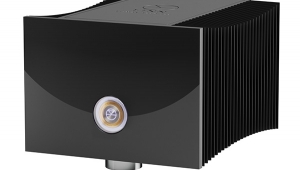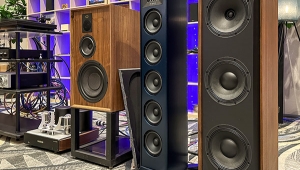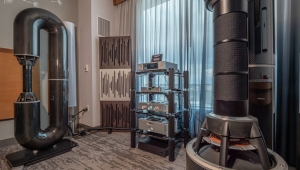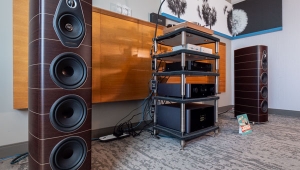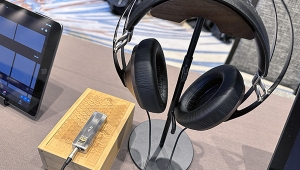| Columns Retired Columns & Blogs |
We bought the FMI-80's in the late 1970's when FMI had already more than doubled the price due to Stereophile's rave review. We used them until 2005 when they were destroyed by a shipper. During those years we auditioned several well-regarded loudspeakers, but all of them had unacceptable colorations compared to the FMI-80. Speakers we used prior to the FMI-80 include the LS3/5a, Dahlquist DQ-10, Advent.



















